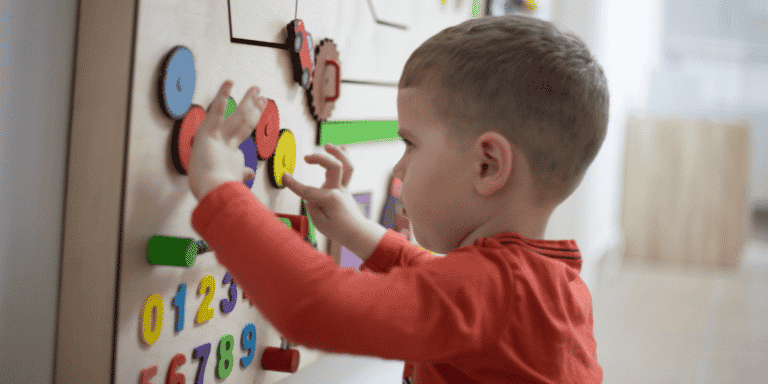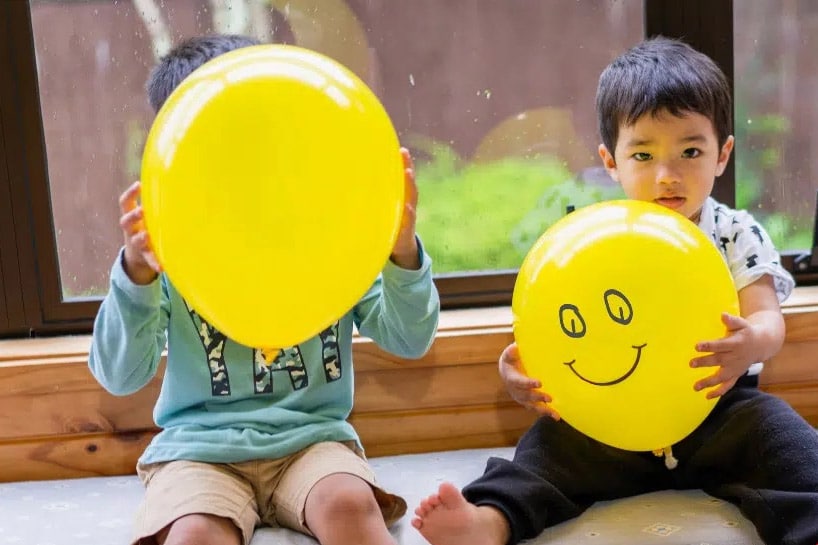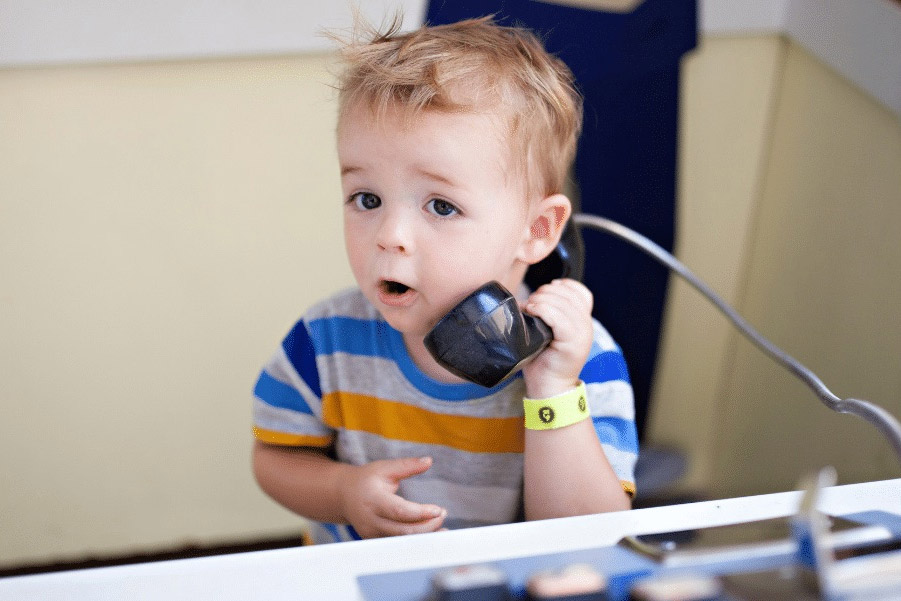Applied Behavioral Analysis (ABA) is one of the most effective modern scientific approaches to changing behavior in autistic people.
With an abundance of different ABA techniques and strategies that can be tailored to each individual, it requires attention from teachers, therapists, board-certified behavioral analysts, and family.
In this blog, we’ll look at the following:
- ABA teaching strategies
- ABA teaching strategies you can use at home
- The importance of remaining consistent
- Tips for parent training in ABA
What Are ABA Teaching Strategies?
ABA teaching strategies aim to develop habits via positive reinforcement. There are many techniques, and the most prominent ones focus on consistency in both stimulus and outcome.
Like many cues in the world of an autistic student, consistency, and routine are paramount to the learning environment. ABA teaching strategies are based around this but look to hone in on specific behavioral areas and address them to create a stronger overall foundation for the student.
Like most behavioral therapies, there is no one-size-fits-all method for your student. You should consistently work with therapists familiar with these ABA therapy sessions and techniques to meet your child’s needs.
Proactive Strategies
Proactive teaching strategies are things that you can do to reduce the likelihood that problematic behaviors will occur or something that you can do to help your child learn new communication and social skills. Here are a handful of examples, and this, in no way, constitutes an exhaustive list.
Visual Schedule
Keeping your child in the loop and giving them the expectation that these things will happen ahead of time will go a long way in reducing negative behaviors.
For example, if you know your child has a hard time out in the community, consider using a calendar or some kind of visual reminder to let them know what to expect. This can be an expectation of what/who they will see, how long you will be in the environment, and even what to expect after you leave.
Talk about the events that are coming up with your child. Discuss why you’re going and any other information you think your child may find challenging.
Draw up a daily schedule for the day-to-day tasks that your child may be opposed to. You can review this schedule with your child at the start of each day. This lets your child in on the day’s expectations instead of suddenly having them sprung on them.
It would be good to include the things your child enjoys within this daily schedule too. This shows them that they may have to do this task that they don’t enjoy, but they also have access to what they enjoy before and after completing it.
Timers
Use this as a countdown for how long it takes before a transition, whether the transition between activities or how much longer it takes until they turn off their favorite show.
Create a Social Story
Social stories can work for some children, giving them another visual without having them in the actual situation. This can show them what they can expect and what is expected from them in any specific case.
Include all steps of the process within the story, keeping them positive. For the example of going on an airplane, you could begin the story with your family planning the trip and where they’re going. Go through each step of the process, driving to the airport, checking bags, going through security, etc.
Enrich Your Child’s Environment
Enhance your child’s environment with their favorite activities/toys or activities/toys to which you want to expose them. You should arrange the environment so that they don’t have access to everything, and they need to engage with you [appropriately] to gain access to their favorite items and activities.
Grandma’s Rule (the Premack Principle)
This is simply a “first/then” contingency. First, you instruct your child to do the lesser preferred activity, and then they get to do the more preferred activity.
These are contingencies that occur naturally in our daily lives regardless of age. First, do your homework, watch TV, eat dinner, get dessert, go to work, then go to social hour, etc.
Choices
Offer as many choices as possible throughout your child’s day. Provide choices that will get you what you want/need. We are going from point A to point B. How we get there doesn’t matter, so why not give your child a choice?
For example, do you want to use the Elmo or Cookie Monster plates for dinner? Do you want to sit in the red chair or the blue chair?
Notice I didn’t give the choice of sitting or not; the instruction is to sit, but the choice is which chair. The choice is not something that won’t work for you – do you want to eat dinner or go to bed? The point is to get them to eat dinner and not threaten to go to bed without eating.
Use Start Directives
Tell your child what is expected instead of what is not expected or what they should do instead of what they shouldn’t. For example, “feet on the floor” instead of “don’t kick or don’t jump on the couch.”
Frequently saying stop, don’t, and no are triggers for our kiddos, and that correction doesn’t offer much in terms of what they should do instead. It is more impactful to save stop aversives for more dangerous or urgent situations, “STOP! Don’t run into the street!”
Picture Exchange Communication System (PECS)
PECS teaches how to communicate using pictures through a six-step process. Your child is provided specific prompts and directed to give a single picture of the desired item or action to their communication partner. In return, positive reinforcement is given to them. As the process progresses, they will be encouraged to form sentences using multiple pictures to communicate wants and needs.
Priming
Verbally, let your child know what is next or what to expect. “I am going to turn the TV off in 1 more minute. Okay, five more seconds. 5, 4, 3, 2, 1”, then turn it off rather than abruptly shut it off. This can give your child time to prepare. This strategy often works well with visual times and schedules.
Task Analysis
A task analysis or TA breaks down skills into a step-by-step process. Instead of teaching one skill as a whole, a TA takes this skill and breaks it down into individual, almost bite-sized steps. Each step provides your child with a teaching moment. The ABA therapist will work with your child to master these skills so that each step is learned and combined into one cohesive process.
Often, each correct step will be met with a tangible reinforcer, whether a small treat or access to a toy, etc. Reinforcers provide your child with momentum and motivation to carry throughout each step of the program.
One example of this is teaching a child to brush their teeth. This skill has a lot of different components. It may be more effective to take each step and guide them as individual skills, combining them once they master each step.
The following is a general example of how to break down these steps:
- Pick up the toothbrush
- Apply toothpaste to the toothbrush
- Hold toothbrush in front of teeth
- Brush the top right teeth five times
- Brush the top left teeth five times
- Brush the top middle teeth five times
- Brush lower right teeth five times
- Brush lower left teeth five times
- Brush lower middle teeth five times
- Spit toothpaste in the sink
- Rinse off the toothbrush
- Put the toothbrush away.
An actual lesson breakdown would include more explanation, criteria for a correct response, and a correction procedure for incorrect responses. But as a general overview, this is how an ABA therapist can tackle a difficult skill with your child, making each component teachable.
It’s a great way to pinpoint exactly where your child is struggling, showing which step may create an issue. This allows the team to focus more on that individual impediment in the future.
ABA Teaching Strategies You Can Use at Home

As you work with a plan developed by the clinic and teachers, you must be aware of the methods and goals. Here are some of the most common teaching strategies used in modern ABA teaching:
Pivotal Response Treatment
PRT is meant to help with improving core skills and other pivotal responses. The breakdown of one cue at a time, such as restraint or motivation, is a key doctrine of PRT. PRT is an entirely child-led practice. It allows the child to take the lead, going off of what they find reinforcing and allowing that natural motivation to take over.
Naturalistic Teaching
Natural Environment Teaching, or NET, is a method of teaching that uses the natural environment to create and enhance learning opportunities. For example, if you teach your child to label items by color at a table, you can then take this skill and adapt it to the natural environment, asking them for the ‘green’ crayon while coloring with your child.
Reinforcement
This form of motivation for learners defines an outcome as a reward — something that can be tangibly given or taken. Reinforcement helps ensure that the desired behavior will occur again in the future. Remember, reinforce it if you like it and want to see it again.
When employing these or any other ABA strategy at home, we encourage considering the long-term developmental goal of the method as you work with your child.
The Importance of Remaining Consistent
The most important thing is consistency regardless of what ABA teaching strategies are recommended or utilized. While home (and school from home) can provide a level of comfort, the methods must be able to be taught across multiple settings, including the clinic, school, and the community.
This is because it is likely that your student will end up in other classrooms throughout their educational careers and because cues need to be demonstrated outside of teaching. While ABA and most behavioral therapies have to be immersive in a classroom setting, their goal is to develop a child’s behavior fully.
A great way to have your student practice consistently and with proper data verification is by working first at home and then with your provider. The change in setting will be subtle and a good step to applying the developed behaviors; from there, your child can employ their new routines in everyday life.
This comes as no surprise due to how much routine can promote good behavior. Checking in with the clinic, teachers, and therapists will be essential to ensure you are all on the same page.
Tips for Parent Training in ABA

One critical stance on ABA training for parents of autistic children is that you are working towards an educational framework rather than a set curriculum. This is because no child, parent, or family will have one-size-fits-all solutions to their needs, and the ability to be flexible and competent in ABA practices is critical.
Thus, instead of referring to a curriculum (which is more narrow in focus), our specialists look to create frameworks for life-long growth and maintenance of learned skills.
Within this framework, you should learn about the following autism parent training topics:
Antecedents, Behaviors, and Consequences
Commonly referred to as the ABCs of ABA, these three tenets explain how data is typically compiled when observing behaviors. Since ABA is fundamentally about applying analytics to therapy, these will be present in almost every unique decision your therapist implements.
- Antecedents describe the events or actions that occur immediately before a behavior – basically a stimulus. Analyzing these and seeing what behaviors they lead can help guide interventions.
- Behaviors are what your child does but broken down in specific details with how they are carried out in certain environments or when spurred by antecedents.
- Consequences are the response following the antecedent and behavior. This can apply to your child or the other people with whom they are interacting.
Functions of Behavior
In ABA therapy, clinicians and parents should consider why children commit to certain behaviors. We refer to these as functions of behavior, and they include the following:
- Attention: Engagement in certain behaviors to garner a reaction from people.
- Escape: An action designed to avoid doing a particular task, such as chores or school.
- Tangible Gain: When a child wants something material and acts primarily to obtain it. It can also refer to a behavior to grant access to a situation.
- Automatic Reinforcement: This is usually more self-contained within your child; it might include something like rocking back and forth or drumming on inanimate objects.
There will be other motivators for your child’s behavior, and analysis within the framework provided by your ABA clinician will help you track and reinforce them in whatever way is best for your child.
Behavior Development
It is crucial to integrate treatment frameworks that are custom-tailored to your child and family. This means that when we look at the ABCs and functions of your child’s behavior, there also are specific end goals or modifications to apply to them.
As a parent, when you are training for behavior development, you must consider all the environments in which your child will be learning. Your role as a parent is to help your child adapt across non-clinical settings such as socializing, school, and everyday life situations.
Skill Development
One of the other core components of ABA implementation is the development of your child’s broader behavioral skills. These are things like communication and daily living skills. These are different from the specific target behaviors that we look to develop via ABA therapy in that they serve as mechanisms your child can learn to apply on their own.
In parent training, you will learn about the ABA principles that work on these skills, such as Pivotal Response Treatment and Discrete Trial Training, where skills are broken down into small components.
Ultimately, the mechanisms that help your child develop their skills will be shaped by your knowledge of them as a parent, so learning from the best clinicians goes a long way.
Generalization
This is the application of one skill to another. We aim to help our children learn from specific programming and communication for certain acute behaviors, but then a good ABA framework will distill more from each lesson. This will lead to your child being able to be in control of their behaviors across multiple environments, even in the face of unfamiliar stimuli.
When it comes down to it, you want to be the best equipped to help your child develop through ABA practices. Being well-versed and educated in ABA programming is the easiest way to collaborate for a better support system for your child.
Published On: January 27, 2022
Updated On: December 9, 2022











